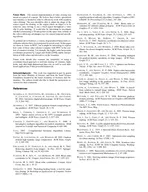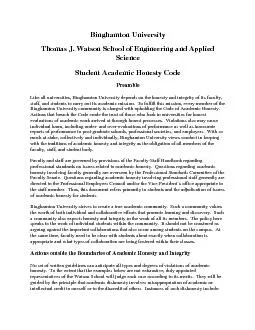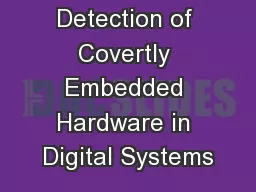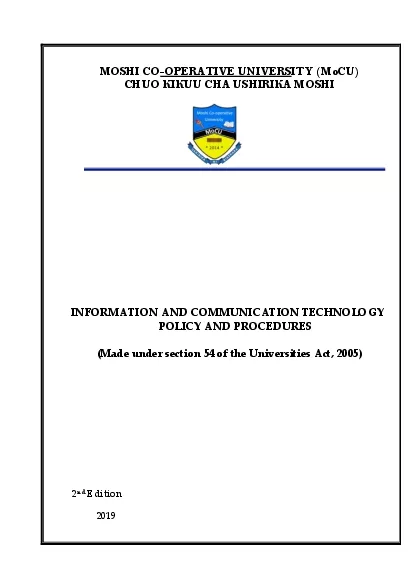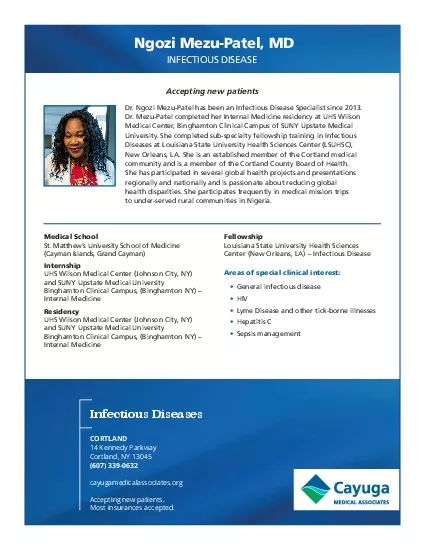PDF-Binghamton University
Author : quinn | Published Date : 2021-03-17
BINGHAMTON RESEARCH 200607 Malware is an area of intense interest to the computing community worldwide and for good reason According to sumer Reports computer
Presentation Embed Code
Download Presentation
Download Presentation The PPT/PDF document "Binghamton University" is the property of its rightful owner. Permission is granted to download and print the materials on this website for personal, non-commercial use only, and to display it on your personal computer provided you do not modify the materials and that you retain all copyright notices contained in the materials. By downloading content from our website, you accept the terms of this agreement.
Binghamton University: Transcript
Download Rules Of Document
"Binghamton University"The content belongs to its owner. You may download and print it for personal use, without modification, and keep all copyright notices. By downloading, you agree to these terms.
Related Documents


